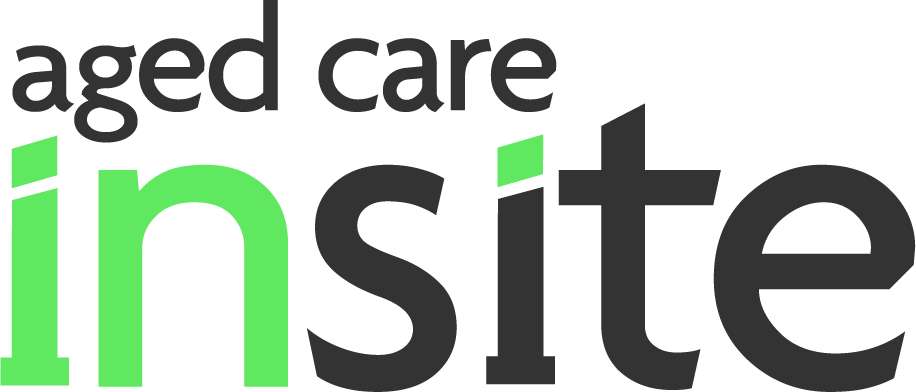Morality and morbidity

Distress from ethical quandaries takes its toll on workers.
A lecturer in nursing from the University of the Sunshine Coast is on a mission to shine the spotlight on moral distress in healthcare, particularly from the perspective of nurses.
Janice Layh, who has over 35 years nursing experience working in Queensland, Tasmania and Western Australia, has seen first-hand the impact moral distress can have on the profession.
She said many Australian nurses still don’t recognise what they are experiencing to be moral distress. This is despite the origins of the term dating back to the early 1980s.
“Typically nurses here haven’t identified with the term moral distress,” said Layh. “However, when I talk to lots of colleagues and nurses and I tell them about my work – they have all got a story to tell about when they have experienced it.
“The problem is largely hidden within Australia. Some people might call it frustration with the job and walk away, but we haven’t necessarily [termed] it moral distress.”
Layh, who is also a PHD student, recently participated in USC’s three minute thesis competition – a program aimed at showcasing the latest in complex and challenging research.
Even with only being in the early stages of research, Layh has identified understaffing and workload issues, unnecessary and aggressive treatments, institutional constraints as well as conflict between family and carers to be the big causes of moral distress amongst nurses.
“There are a whole range of physical and psychological impacts this has on nurses and it creates a situation where the nurse may disengage from patient care and then of course the patient suffers,” she said, adding this also has a flow-on effect to the profession, as disengaged nurses often resign or leave the profession to go and do other jobs.
Layh’s working title for her thesis is Exploring the phenomenon of moral distress in nursing at the end stage of life; however, she does have an interest in expanding the focus to include the perspectives of those across the entire healthcare team.
Layh hopes not only to explore the phenomenon’s causes and effects but also to identify some ways of preventing moral distress.
This is an area of growing interest for researchers across the nation. Australian Catholic University lecturer in nursing Adam Burston has investigated the presence of moral distress in the aged-care sector (See “The concealed cost of immorality”, in the March issue of Nursing Review).
Email: [email protected]




